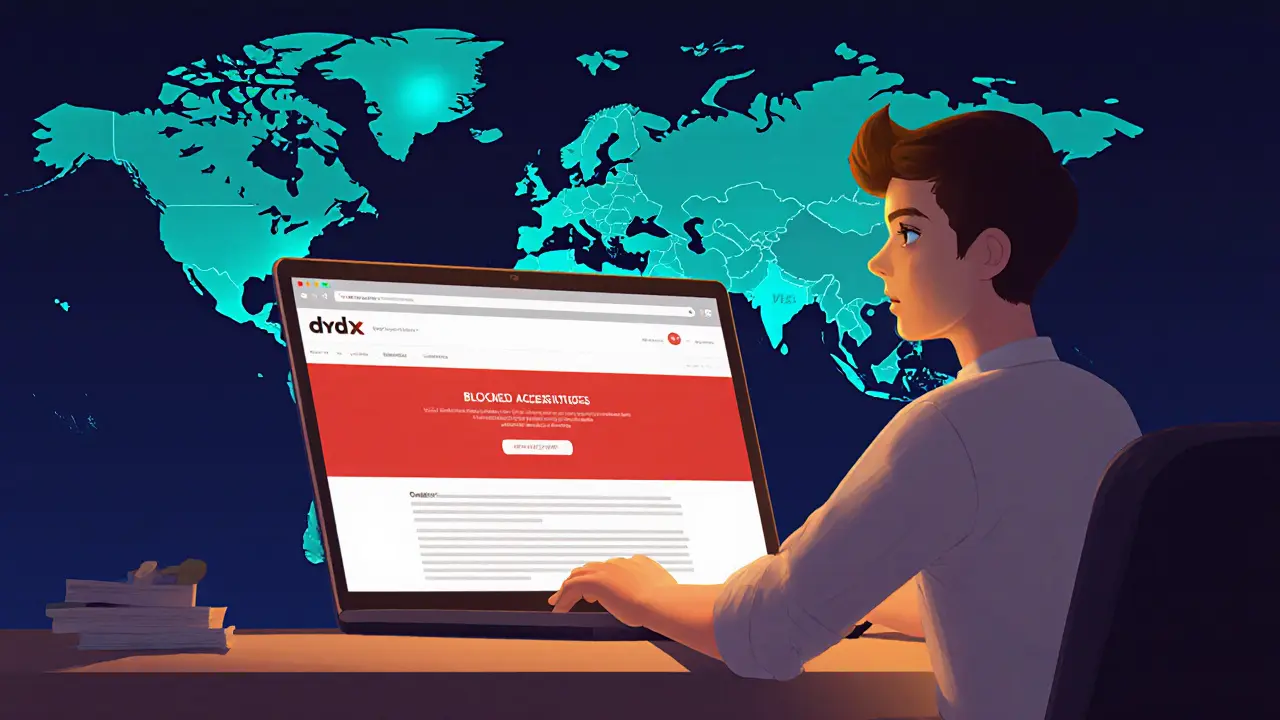Close-Only Mode – What It Is and Why It Matters
When dealing with close-only mode, a temporary trading state where an exchange only accepts order closures and rejects new open orders. Also known as close‑only trading, it helps markets calm extreme volatility.
On a crypto exchange, the platform where users trade digital assets this state usually kicks in after a sharp price swing or a technical glitch. The exchange’s risk‑management system monitors order flow and, when thresholds are crossed, switches to close‑only mode to prevent further imbalance. This shift protects liquidity and gives market makers a chance to rebalance their books.
Close‑only mode encompasses three core actions: it blocks order types, such as new limit or market orders that would increase open positions, it allows only existing positions to be closed, and it temporarily freezes new order entry. Because only closing trades are permitted, the exchange can lower the risk of further price spikes. Traders who understand that this mode requires quick decision‑making can use it to exit positions safely, while those caught unaware may see slippage.
Key Implications for Traders
First, expect wider spreads. With fewer active orders, the bid‑ask gap often widens, so price quotes become less favorable. Second, monitor exchange announcements; most platforms post a banner or API flag when they switch to close‑only mode, letting you adjust your strategy. Third, use the pause to reassess risk. If your portfolio relies heavily on leveraged positions, exiting during this window can save you from liquidation.
Finally, remember that close‑only mode is not a permanent state. Once volatility eases and order books regain depth, the exchange reopens normal trading, restoring full order‑type functionality. Below, you’ll find detailed guides, exchange reviews, and real‑world examples that show how close‑only mode has shaped recent market events and how you can navigate it effectively.
Why dYdX Blocks Users in Certain Countries - The Truth Behind Its Decentralized Claim
Explore why dYdX blocks users from certain countries, how close-only mode works, and what the paradox means for true decentralization.
